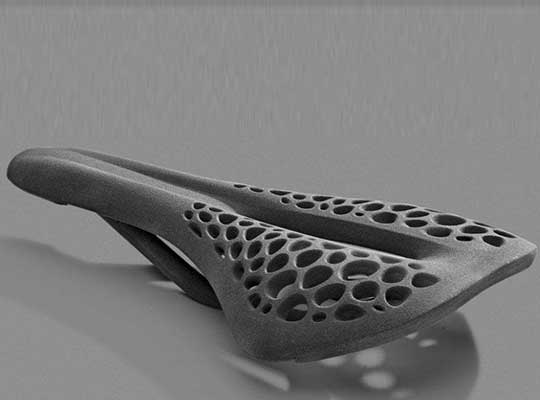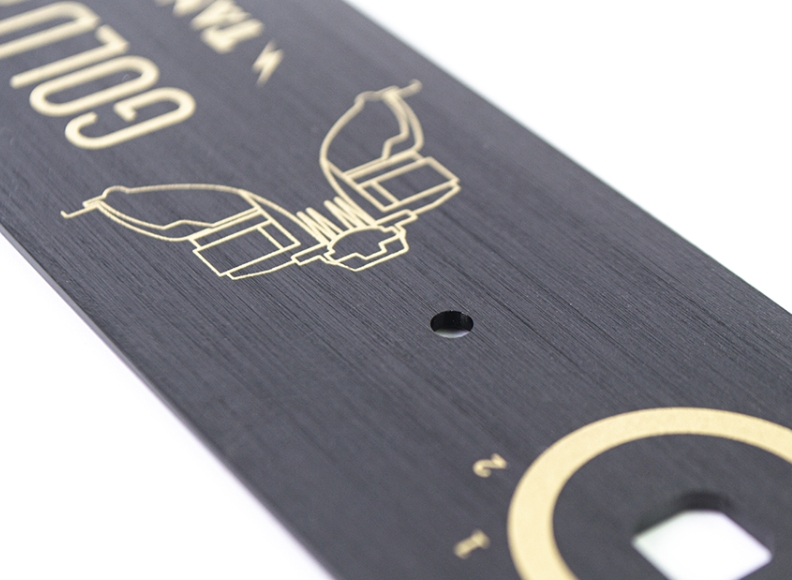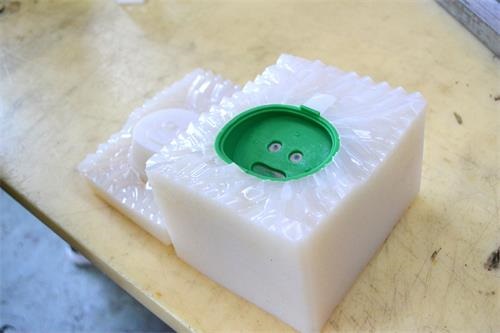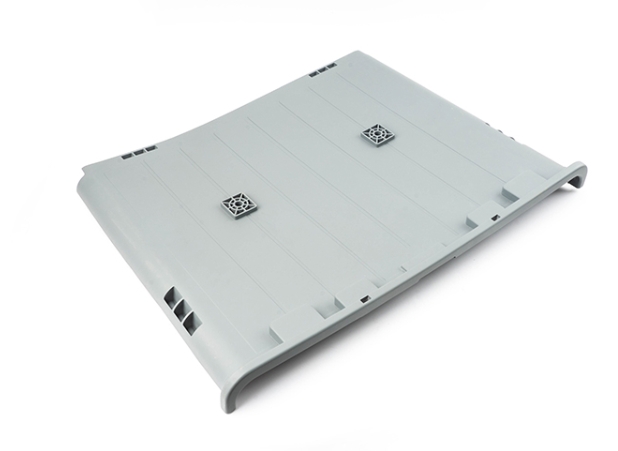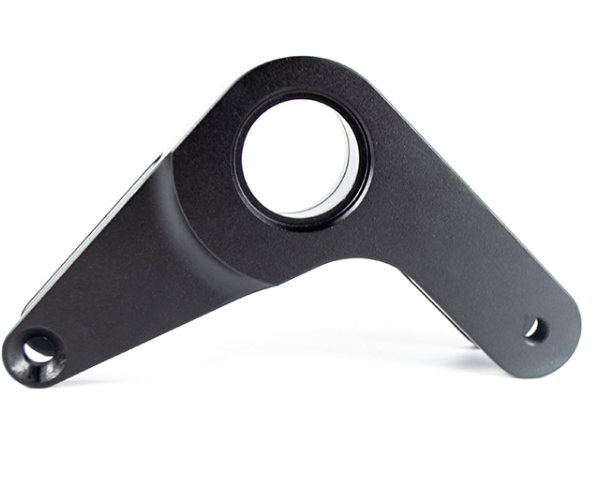In the world of modern manufacturing, finding a reliable and efficient way to produce complex metal parts is crucial for businesses across industries. هذا هو المكان die casting service shines as a cornerstone of precision engineering. Whether you’re in automotive, الفضاء, الإلكترونيات, or consumer goods, understanding the ins and outs of die casting can transform your production process, تقليل التكاليف, and elevate product quality. This comprehensive guide will walk you through everything you need to know about die casting services, from their core principles to selecting the right provider for your project.
What Is Die Casting Service?
Die casting service refers to a manufacturing process where molten metal is forced into a mold cavity under high pressure, allowing it to take the shape of the mold before cooling and solidifying. The mold, known as a die, is typically made from high-grade steel and designed to produce consistent, intricate parts with tight tolerances. Unlike other metal forming methods such as forging or machining, die casting excels at creating complex geometries in a single production step, making it a preferred choice for mass production.
في جوهرها, a die casting service involves several key stages: design consultation, die creation, metal melting, injection, cooling, ejection, and finishing. Each stage requires specialized expertise and equipment to ensure the final product meets exact specifications. Modern die casting services leverage advanced technologies like computer-aided design (CAD) and simulation software to optimize mold designs, reduce defects, and shorten production cycles.
Key Advantages of Using Professional Die Casting Services
Choosing a professional die casting service offers numerous benefits that make it a superior option for metal part production compared to alternative methods. Here are the most significant advantages:
- High Precision and Consistency: Professional die casters can achieve tight tolerances (often as low as ±0.005 inches) and maintain consistent part quality across large production runs. This is critical for industries like automotive and aerospace, where part performance directly impacts safety.
- Cost-Effectiveness for Mass Production: Once the initial die is created, the per-unit cost of die casting decreases significantly for large volumes. A study by the American Die Casting Association found that die casting can reduce production costs by 20-50% compared to machining for runs exceeding 10,000 الوحدات.
- Complex Geometries and Intricate Details: Die casting allows for the creation of parts with complex shapes, الجدران الرقيقة, and detailed features that would be difficult or impossible to achieve with other methods. This includes undercuts, المواضيع, and logos that can be integrated directly into the mold.
- Superior Surface Finish: Die cast parts typically have a smooth surface finish (Ra values as low as 1.6 μM), reducing the need for additional post-processing steps like polishing or grinding. This saves time and lowers overall production costs.
- براعة المواد: Professional die casting services support a wide range of metals, including aluminum, zinc, magnesium, and copper alloys, each offering unique properties to suit specific applications.
- Fast Production Cycles: Modern die casting machines can produce hundreds or even thousands of parts per hour, enabling quick turnaround times for urgent projects. Lead times for die casting services typically range from 2-6 أسابيع, depending on part complexity and order size.
Types of Die Casting Processes Offered by Leading Services
Reputable die casting services offer various processes tailored to different materials, part requirements, and production volumes. Understanding the differences between these processes can help you choose the right one for your project:
Hot Chamber Die Casting
Hot chamber die casting, also known as gooseneck die casting, is ideal for low-melting-point metals such as zinc, lead, and tin alloys. In this process, the injection mechanism is submerged in a molten metal bath, allowing for fast cycle times (عادة 15-30 cycles per minute). This makes it highly efficient for high-volume production of small to medium-sized parts like zipper pulls, مكونات لعبة, and electrical connectors.
المزايا:
- Fast production cycles
- Lower energy consumption (no need to reheat metal for each cycle)
- Suitable for thin-walled parts
القيود:
- Limited to low-melting-point metals
- Not ideal for large parts due to machine size constraints
Cold Chamber Die Casting
Cold chamber die casting is used for high-melting-point metals such as aluminum, magnesium, and copper alloys. Unlike hot chamber machines, the molten metal is poured into a separate cold chamber before being injected into the die. This process is slower than hot chamber die casting (5-15 cycles per minute) but offers greater flexibility for larger parts and high-strength alloys.
المزايا:
- Compatible with high-melting-point metals
- Can produce larger and thicker-walled parts
- Better suited for high-strength alloys required in structural applications
القيود:
- Longer cycle times than hot chamber processes
- Higher energy consumption due to metal reheating
Vacuum Die Casting
Vacuum die casting is a specialized process where the mold cavity is evacuated before metal injection, reducing the risk of porosity and air bubbles in the final part. This results in higher-quality castings with improved mechanical properties, making it ideal for critical applications in aerospace and medical devices.
المزايا:
- Reduced porosity (حتى 90% fewer defects compared to conventional methods)
- Improved structural integrity and strength
- Better surface finish and dimensional accuracy
القيود:
- Higher equipment and operational costs
- Slightly longer cycle times due to vacuum setup
Material Selection in Die Casting Services
The choice of material is a critical decision in die casting, as it directly impacts part performance, يكلف, and production feasibility. Leading die casting services offer a range of metal alloys, each with unique characteristics:
| Material Alloy | الخصائص الرئيسية | التطبيقات النموذجية | Density (ز/سم) | قوة الشد (MPA) | Cost Relative to Steel |
| سبيكة الألومنيوم (على سبيل المثال, A380) | خفيف الوزن, corrosion-resistant, الموصلية الحرارية الجيدة | Automotive parts, أحواض الحرارة, العلب | 2.7 | 240-310 | 1.2x |
| Zinc Alloy (على سبيل المثال, Zamak 3) | High ductility, excellent surface finish, low melting point | Consumer electronics, hardware, ألعاب | 6.6 | 280-320 | 1.5x |
| سبيكة المغنيسيوم (على سبيل المثال, AZ91D) | Lightest structural metal, نسبة عالية من القوة إلى الوزن | مكونات الفضاء, power tools | 1.8 | 230-280 | 2.5x |
| Copper Alloy (على سبيل المثال, النحاس) | High electrical conductivity, مقاومة التآكل | الموصلات الكهربائية, plumbing parts | 8.5 | 300-400 | 3.0x |
عند اختيار مادة, consider factors such as mechanical requirements (قوة, صلابة), environmental conditions (temperature, تآكل), weight constraints, and budget. A professional die casting service will provide material consultation to help you choose the optimal alloy for your application.
Industries Benefiting from Die Casting Services
Die casting services cater to a diverse range of industries, thanks to their versatility, دقة, وفعالية التكلفة. Here’s how different sectors leverage die casting:
صناعة السيارات
The automotive industry is the largest consumer of die casting services, accounting for approximately 50% of global die casting production. Die cast parts are used in engine components, transmission systems, chassis parts, and interior accessories. Aluminum die castings, بخاصة, help reduce vehicle weight, improving fuel efficiency and reducing emissions. على سبيل المثال, a typical passenger car contains 15-25 kg of die cast aluminum parts.
Aerospace and Defense
In aerospace and defense, die casting services produce lightweight, high-strength components that meet strict safety and performance standards. Magnesium and aluminum die castings are used in aircraft frames, engine parts, and military equipment, where weight reduction and durability are critical. Die casting ensures the consistency and precision required for these mission-critical applications.
Electronics and Telecommunications
The electronics industry relies on die casting services for producing housings, أحواض الحرارة, and connectors for devices such as smartphones, laptops, and communication equipment. Zinc die castings are popular for their excellent surface finish, allowing for decorative and functional parts that meet aesthetic requirements. Die casting also enables the production of complex heat sink designs that optimize thermal management in electronic devices.
Consumer Goods and Appliances
From kitchen appliances to power tools, die casting services produce durable, cost-effective parts for consumer goods. Aluminum die castings are commonly used in appliance frames and motor housings, while zinc die castings are found in handles, المقابض, and decorative components. Die casting allows manufacturers to create parts with consistent quality, even for large production runs, ensuring product reliability and customer satisfaction.
الأجهزة الطبية
The medical device industry benefits from die casting services for producing precision components such as surgical instruments, diagnostic equipment parts, and device housings. Die casting ensures the high level of accuracy and cleanliness required for medical applications, with many die casters offering ISO 13485 certification to meet medical industry standards.
How to Choose the Right Die Casting Service Provider
Selecting the right die casting service provider is crucial for ensuring the success of your project. Here are key factors to consider:
Technical Expertise and Experience
Look for a provider with extensive experience in your industry and with your specific material and process requirements. Ask about their engineering team’s qualifications, past projects, and ability to assist with design optimization. A reputable die casting service will have a track record of producing high-quality parts for similar applications.
Quality Control Measures
Quality should be a top priority. Inquire about their quality control processes, including inspection methods (على سبيل المثال, CMM, X-ray, visual inspection), شهادة (على سبيل المثال, ISO 9001, IATF 16949 for automotive), and defect rates. A reliable provider will have a defect rate of less than 0.5% for standard parts and can provide statistical process control (SPC) data to demonstrate consistency.
Production Capacity and Lead Times
Ensure the provider has the capacity to meet your production volume requirements, both for initial runs and ongoing production. Ask about their machine capabilities (مقاس, tonnage), maximum part dimensions, and typical lead times. A flexible provider should be able to accommodate rush orders when needed.
Design and Engineering Support
Choose a die casting service that offers design for manufacturability (DFM) support to optimize your part design for die casting. This can help reduce costs, improve quality, and shorten production times. Look for providers with in-house design engineers and access to CAD/CAM software and simulation tools.
Cost Transparency
A trustworthy die casting service will provide clear, detailed quotes that include all costs, such as die creation, مادة, production, الانتهاء, and shipping. Be wary of providers with vague pricing or hidden fees. Compare quotes from multiple providers to ensure you’re getting a fair price, but remember that the lowest cost may not always equate to the best quality.
Advanced Technologies in Modern Die Casting Services
The die casting industry has embraced advanced technologies to improve efficiency, quality, and capabilities. Here are some of the cutting-edge technologies used by leading die casting services:
تصميم بمساعدة الكمبيوتر (CAD) and Simulation
CAD software allows engineers to create detailed 3D models of die cast parts and molds, enabling precise design and optimization. Simulation tools, such as flow analysis software, predict how molten metal will fill the mold, helping identify potential issues like air traps or uneven filling before the die is manufactured. This reduces the need for costly die modifications and improves first-pass yield.
Robotics and Automation
Many die casting services use robotics for tasks such as part extraction, trimming, and inspection. Automation increases production efficiency, reduces labor costs, and improves consistency by minimizing human error. Robotic systems can operate 24/7, enabling higher production volumes and faster turnaround times.
Real-Time Monitoring and IoT Integration
Advanced die casting machines are equipped with sensors that monitor key parameters such as temperature, ضغط, and cycle time in real-time. This data is analyzed using IoT (Internet of Things) platforms to detect anomalies, predict maintenance needs, and optimize process parameters. Real-time monitoring can reduce defect rates by up to 30% and extend equipment lifespan by 15-20%.
Additive Manufacturing for Prototyping
Some die casting services use 3D printing (التصنيع المضافة) to create prototype dies or sacrificial patterns for small-batch production. This allows for faster prototyping (reducing lead times from weeks to days) and enables testing of part designs before investing in expensive production dies. Additive manufacturing is particularly useful for complex geometries that would be difficult to produce with traditional prototyping methods.
Environmental Considerations in Die Casting Services
مع زيادة أهمية الاستدامة, leading die casting services are implementing practices to reduce their environmental impact:
- Recycling Programs: Die casting generates minimal waste, as excess material and scrap can be recycled and reused. Most die casters have recycling programs that recover 95% or more of metal scrap, reducing the need for virgin materials and lowering energy consumption.
- Energy Efficiency: Modern die casting machines are designed to be more energy-efficient, with variable speed pumps and heat recovery systems that reduce energy usage by 15-20% compared to older models.
- Emission Reduction: Advanced filtration systems and pollution control technologies minimize emissions of volatile organic compounds (VOCs) and particulate matter. Many die casting services are also switching to water-based lubricants to reduce hazardous waste.
- Sustainable Materials: Some providers offer recycled or low-carbon aluminum alloys, which have a significantly lower environmental footprint than virgin materials. على سبيل المثال, using recycled aluminum reduces energy consumption by 95% compared to producing aluminum from bauxite ore.
Yigu Technology’s Perspective on Die Casting Services
في Yigu Technology, نعتقد die casting service is the backbone of efficient, high-quality metal manufacturing. Our expertise lies in blending precision engineering with advanced technologies to deliver tailored solutions across industries. We prioritize material innovation and sustainable practices, ensuring each project balances performance, يكلف, and environmental responsibility. By focusing on collaborative design and rigorous quality control, we empower clients to turn complex concepts into reliable, mass-produced parts that drive industry progress.
الأسئلة المتداولة (التعليمات)
- What is the typical lead time for a die casting service?
Lead times vary based on part complexity, die creation, and order size. For new projects requiring custom dies, lead times are usually 4-8 أسابيع. For repeat orders using existing dies, production can often be completed in 2-4 أسابيع.
- How much does a custom die cost for die casting?
Die costs depend on size, تعقيد, and material. صغير, simple dies may cost \(5,000-\)15,000, بينما كبيرة, complex dies for automotive or aerospace parts can range from \(50,000-\)200,000 أو أكثر. لكن, dies can produce hundreds of thousands of parts, making the per-unit cost very low for large production runs.
- Can die casting services handle low-volume production?
نعم, but die casting is most cost-effective for medium to high volumes (10,000+ الوحدات). لإنتاج الحجم المنخفض (less than 5,000 الوحدات), some providers offer prototype die casting or use alternative methods like sand casting. Discuss your volume requirements with the provider to find the most economical solution.
